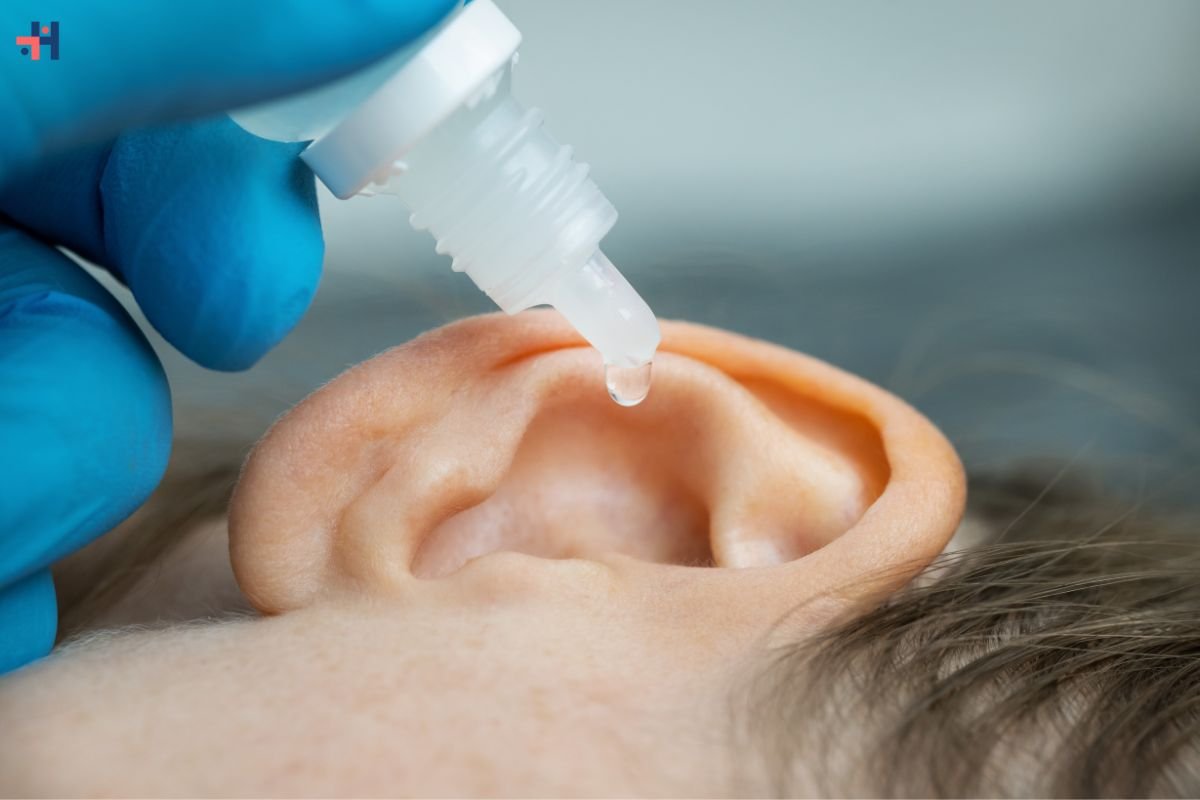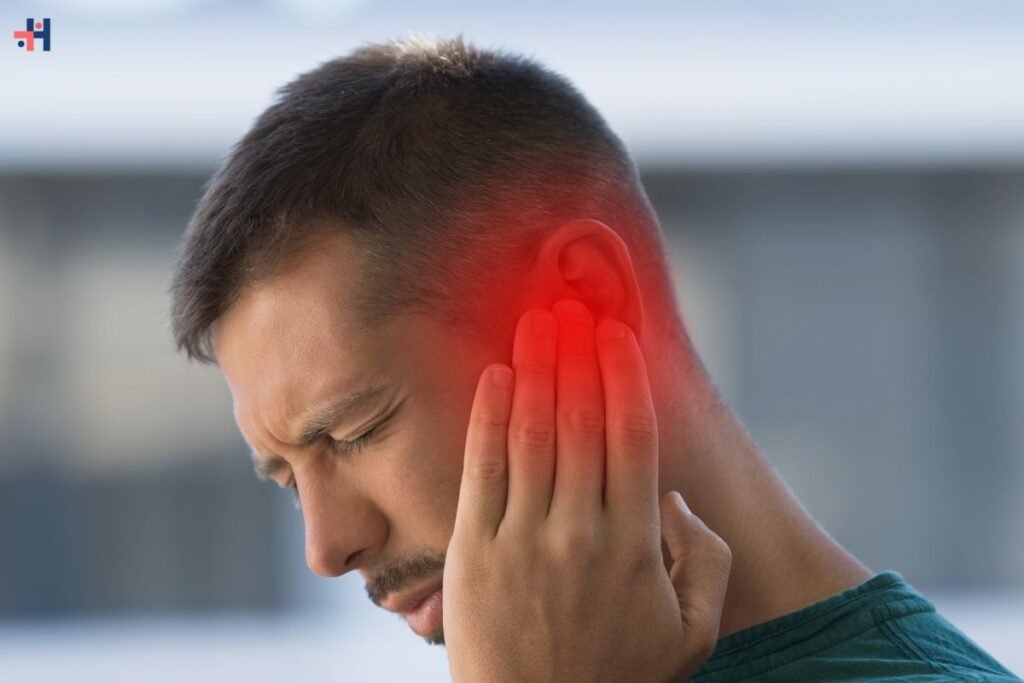Ear pain is a common ailment that can affect people of all ages. It can be caused by various factors, including infections, injuries, allergies, and changes in air pressure. Understanding the underlying cause of ear pain is crucial for finding effective relief. This guide explores the different causes of ear pain relief and provides a range of treatments and remedies to alleviate discomfort effectively.
Common Causes of Ear Pain
Ear infections are one of the most prevalent causes of ear pain. Otitis media, an inflammation of the middle ear, is often due to bacterial or viral infections and is particularly common in children. Otitis externa, also known as swimmer’s ear, affects the outer ear canal and is typically caused by water remaining in the ear after swimming, creating a moist environment ideal for bacterial growth.
Earwax buildup is another common cause of ear pain. Excessive earwax can harden and cause blockage, leading to discomfort and even temporary hearing loss. Injuries to the ear, such as those from inserting sharp objects, exposure to loud noises, or sudden changes in air pressure, can also result in significant pain.
Sinus infections and allergies can lead to referred pain in the ears due to congestion and inflammation in the nasal passages and sinuses. Temporomandibular joint (TMJ) disorders, which involve problems with the jaw joint, can cause pain that radiates to the ear. Additionally, eustachian tube dysfunction, where the tubes that equalize pressure in the middle ear become blocked or fail to open properly, can result in pain, especially during altitude changes.
Symptoms to Watch For
While ear pain is a primary symptom, other associated symptoms can help identify the cause. These include fever, hearing loss, drainage from the ear, ringing in the ear (tinnitus), jaw pain or difficulty chewing, and sore throat or nasal congestion. Identifying these symptoms can aid in diagnosing the underlying issue and determining the most appropriate treatment.
Effective Ear Pain Relief Strategies

Over-the-counter (OTC) medications can provide significant relief for ear pain. Pain relievers such as acetaminophen (Tylenol) or ibuprofen (Advil) can help reduce pain and inflammation. OTC ear drops can also be effective in alleviating pain and clearing up infections or earwax buildup. These medications are readily available and can provide quick ear pain relief.
Home remedies are another excellent option for managing ear pain. Applying a warm compress to the affected ear can help soothe pain and reduce inflammation. Alternatively, a cold pack can numb the area and reduce swelling. Olive oil is another popular home remedy; a few drops of warm (not hot) olive oil can soften earwax and provide a soothing effect. Garlic oil, known for its antimicrobial properties, can be used to combat infections. Warm the oil and apply a few drops into the ear to help alleviate pain.
In addition to OTC medications and home remedies, certain lifestyle and preventive measures can help manage and prevent ear pain. Avoid inserting objects into the ear to prevent injuries. Using cotton swabs or other objects to clean the ear can push earwax deeper into the ear canal and cause damage. After swimming or bathing, ensure your ears are dry to prevent infections. Managing allergies with antihistamines or decongestants can help control allergy symptoms and reduce ear pain from congestion. Practicing good hygiene, such as regularly cleaning hands and avoiding sharing earbuds or earplugs, can reduce the risk of infections.
Medical treatments may be necessary for more severe or persistent cases of ear pain relief. If an ear infection is bacterial, a doctor may prescribe antibiotics. In severe cases, such as chronic ear infections or eustachian tube dysfunction, minor surgical procedures like the insertion of ear tubes may be recommended. These procedures can help alleviate pain and prevent recurrent infections.
When to See a Doctor
While many cases of ear pain can be managed at home, certain symptoms warrant a visit to a healthcare provider. Severe pain that doesn’t improve with OTC treatments, a high fever (above 102°F), persistent hearing loss or ringing in the ear, dizziness or balance problems, and discharge from the ear, especially if it’s bloody or pus-like, should prompt you to seek medical attention. These symptoms may indicate a more serious condition that requires professional treatment.
Preventing Ear Pain
Preventing ear pain involves taking proactive measures to protect your ears and maintain overall health. Protect your ears from loud noises by using earplugs or noise-canceling headphones in loud environments to prevent damage to the inner ear. Maintain ear hygiene by gently cleaning your ears and avoiding excessive earwax buildup. Staying hydrated and maintaining a balanced diet can support overall health and prevent infections. Treating allergies and colds promptly with appropriate medications can help prevent associated ear pain.
Advanced Tips for Managing Ear Pain

For those who experience frequent ear pain, there are advanced strategies to manage and prevent it. Regularly practicing nasal irrigation can help keep your nasal passages clear, reducing the risk of sinus infections that can cause ear pain. This involves using a saline solution to rinse the nasal passages, which can help reduce congestion and prevent infections from spreading to the ears.
Another advanced tip is to use steam therapy. Inhaling steam from a bowl of hot water or using a humidifier can help open up the eustachian tubes, reduce congestion, and alleviate ear pain. Adding essential oils such as eucalyptus or peppermint to the water can enhance the therapeutic effects.
For individuals prone to ear infections, using an ear dryer after swimming or bathing can be beneficial. These devices gently blow warm air into the ear canal, helping to evaporate any trapped moisture and reduce the risk of infection.
Ear Pain Relief in Children
Children are particularly susceptible to ear pain, often due to infections like otitis media. It’s essential for parents to recognize the signs of ear pain in children, which may include fussiness, tugging at the ear, trouble sleeping, and a lack of appetite. Ensuring that children’s ears are kept dry after swimming and teaching them not to insert objects into their ears can help prevent ear infections.
Parents should also ensure their children receive regular check-ups, as pediatricians can monitor ear health and provide timely treatment if issues arise. Vaccinations, such as the pneumococcal vaccine, can also help prevent infections that might lead to ear pain.
The Importance of Follow-Up Care

After treating an episode of ear pain, follow-up care is crucial to ensure the problem doesn’t recur. This might involve a follow-up visit to your healthcare provider to confirm that an infection has fully cleared or to monitor the effectiveness of a treatment plan. For those with chronic ear problems, regular check-ups can help manage the condition and prevent future pain.
Holistic Approaches to Ear Pain Relief
In addition to conventional treatments, holistic approaches can also be effective in managing ear pain. Acupuncture, for instance, is a traditional Chinese medicine technique that involves inserting thin needles into specific points on the body. Some people find ear pain relief through acupuncture, as it can help reduce inflammation and improve blood flow.
Chiropractic care is another alternative therapy that may help with ear pain, particularly if it’s related to TMJ disorders or neck issues. Chiropractors can perform adjustments that may alleviate pressure and improve alignment, potentially reducing pain.
Conclusion: Taking Control of Ear Pain Relief
Ear pain relief can be uncomfortable and disruptive, but understanding its causes and knowing effective relief strategies can make a significant difference. Whether through home remedies, OTC medications, lifestyle changes, or medical treatments, there are numerous ways to alleviate ear pain and address its root causes. Always prioritize ear health and seek professional medical advice when necessary to ensure any underlying issues are properly treated.










